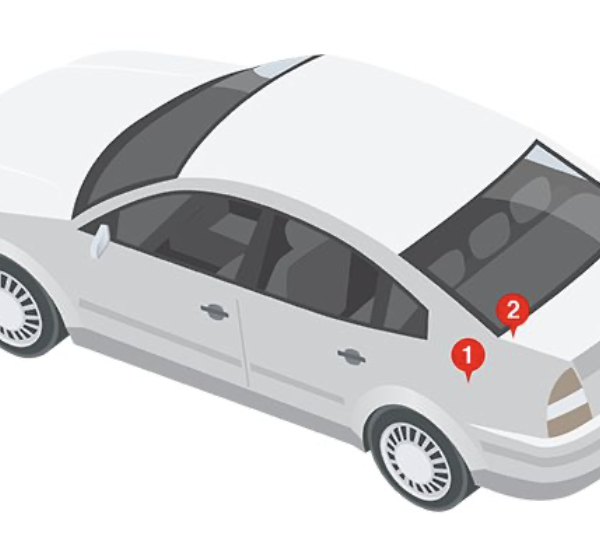5 Tales of Cursed Cars
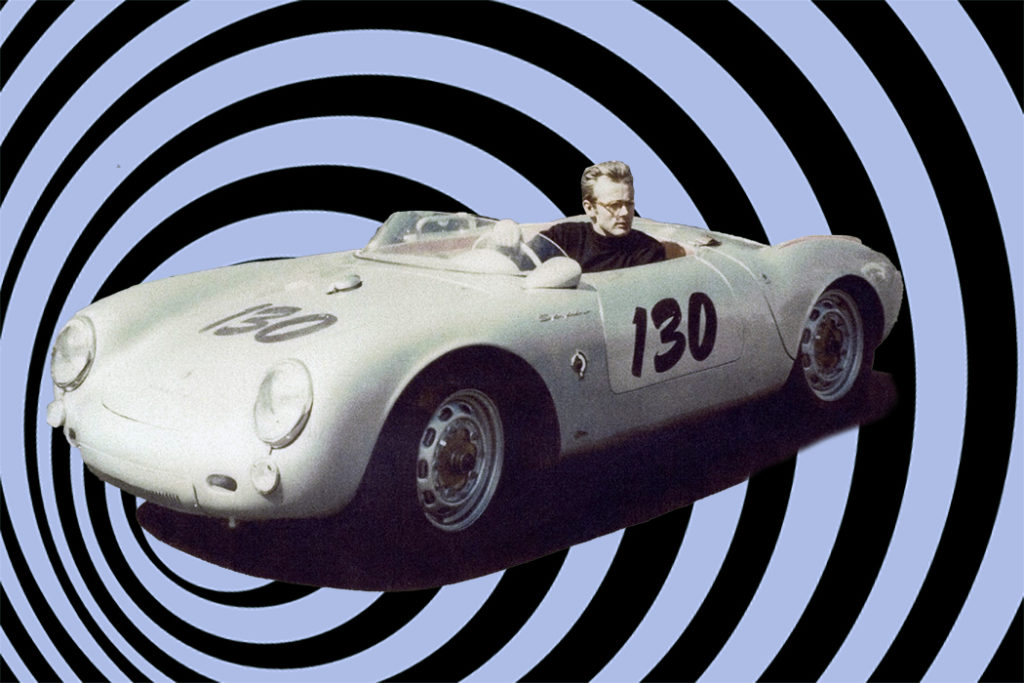
We love a good urban legend and tall tale here at TUD. And there have been plenty of spooky stories about the cursed vehicles that roam our streets. So turn out the lights and get out your flashlights, we’re telling the most interesting tales we know of these haunted vehicles.
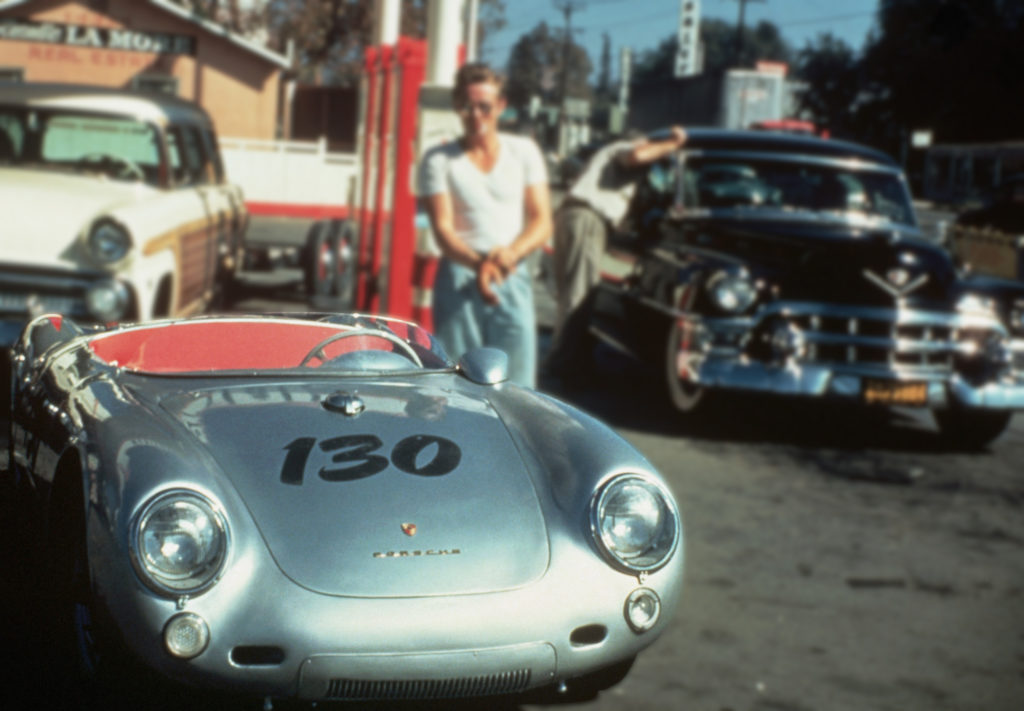
James Dean’s Porsche 550 Spyder (The Little Bastard)
At the time of his 1955 death in a car crash, 24 year old James Dean had only starred in three movies. Only the first, East of Eden, was released during his lifetime. The tragic loss of such a promising talent helped to make him an icon. It was only natural that people believed that a powerful curse was involved in the devastating events. And that curse centered around the silver Porsche 550 Spyder Dean had nicknamed “Little Bastard”. The bad vibes given off by the car even predated the crash. A week before the accident, Alec Guinness felt a wave of foreboding when he was introduced to the car and tried to beg his friend not to drive it. But it was what allegedly happened after Dean’s death that cemented its place in the supernatural canon.
The story goes that the wreckage of the Little Bastard was bought from a salvage yard and stripped for parts. Its transmission, engine, and suspension went to two different race cars, both of which crashed (fatally in one case). As time went on, mysterious accidents kept happening. A showman bought the car and vowed to put it back together. The Spyder allegedly responded by catching fire in storage, breaking a bystander’s hip after falling from its display, and crushing the driver tasked with transporting it. The stories end there because it was stolen from a train as it was traveling from Miami to LA in 1960. Who knows where The Little Bastard ended up?
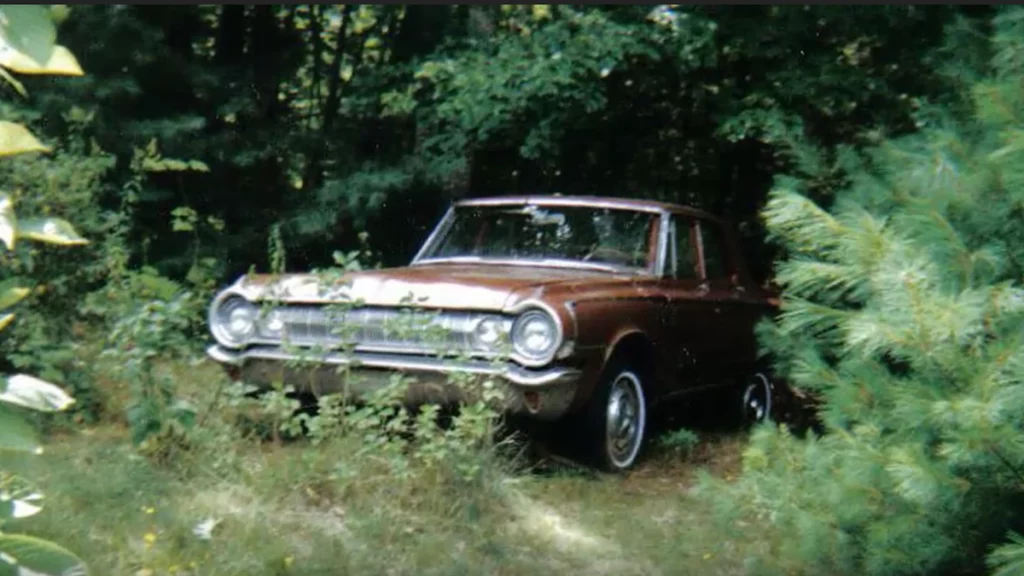
The Golden Eagle 1964 Dodge 330 Limited Edition
Known as “The Most Evil Car in America”, The Golden Eagle is famous for the sheer number of people it has allegedly killed. Originally purchased for the police force in Old Orchard Beach in Maine, it only made it through three officers driving it before it was sold. Why? It is said that all three of its drivers during that time killed their families and then themselves. Instead of melting it down and salting the remains, The Old Orchard Police Force sold it. It ended up in the hands of a family that the Golden Eagle actually seemed to like. Nothing terrible happened to them while they owned the evil car. The vandals who decided to target this car during that time, however, were a different story.
Those vandals, perhaps motivated by the town’s distrust of the Golden Eagle, took it upon themselves to show the car who was boss. Their deaths were apparently horrific, ranging from a freak lightning strike to getting hit by an 18 wheeler truck. By 2010, the death toll had purportedly reached 14 (not including all the injuries, of which there were many). Having seen the death toll hit double digits, a local church group decided to take the car, scrap it, and send the pieces far from each other. The woman that owns the car was displeased with the theft and destruction of her beloved family vehicle. She went and tracked down enough of the remains to rebuild it. She says that it’s a fine car, except for when the doors fly open when they’re driving on the highway.
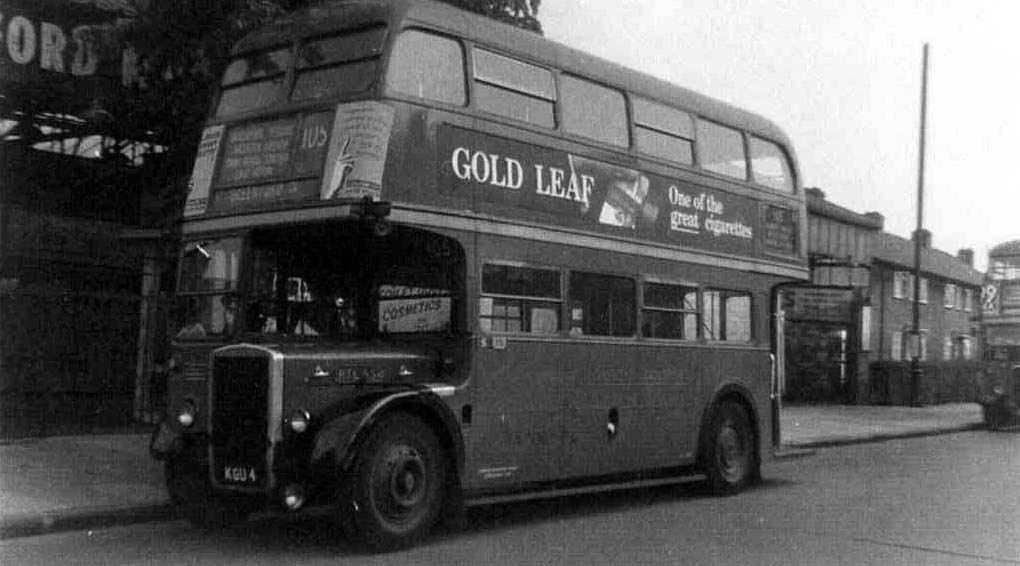
The Number 7 Bus
This is an interesting case. Unlike the other items on this list, its curse seems to be concentrated on the poor vehicles and drivers that come into contact with it. The tale begins in the 1930s, when a London man was driving at night on an empty street. He had reached the intersection of Cambridge Gardens and Ladbroke Grove when suddenly a double decker bus appeared out of nowhere on the road in front of him. He swerved to avoid the bus and brutally crashed into a tree. Later, when authorities checked to see which bus was on the route involved in the accident, they would find that there was no bus scheduled in the entire area. Witnesses say that the bright red bus vanished after the crash. But it would not be the last West London saw of the bus.
Over the next few decades, the accidents and the fatalities increased. Eyewitnesses would say the same thing every time. It was a red bus with all of its lights on so everyone could see that it was completely empty. There wasn’t even a driver on the No. 7 bus. Eventually, the authorities decided that decades of people getting into accidents at the exact same place at the exact same time of night over six decades couldn’t all be drunks using the bus as an excuse. In the 90’s, the streets were widened and improved. Lamps were added to help with visibility on the street. And the No. 7 bus hasn’t been seen since.
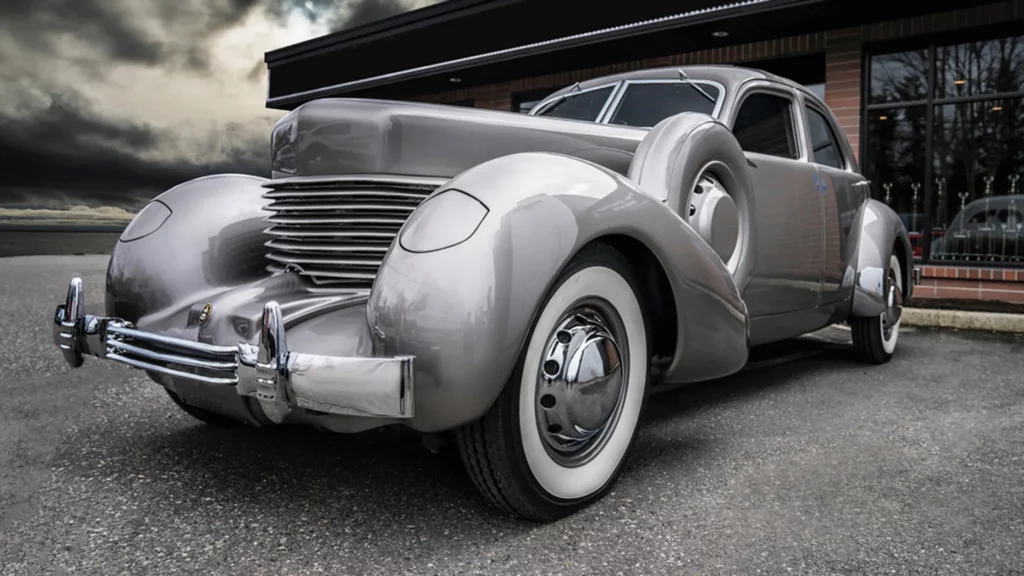
1937 Cord 810 Worcester
In 1935, Senator Huey Long ordered a custom car from the Cord Automobile Corporation. It would have a unique back trunk, side mounted spare wheels in the front fenders, and a bit more height than the normal model. It would also be bulletproof. This was probably sensible as Senator Long managed to make a fair number of adversaries with his radical ideas.This was a man who believed that the New Deal was too conservative. He also drew the ire of the KKK for refusing to align with them. Long believed himself to be a prime target for assassination. And he was correct. Huey Long was shot and killed by an assassin on September 10th, 1935. He never took possession of the bulletproof car he had ordered.
After a short time as a transport for the Coast Guard during World War II, the Cord was sold to a naval officer who celebrated his beautiful new acquisition by…dying immediately overseas before he could drive it. His widow, perhaps recognizing a pattern, stored it in her garage for 20 years and never sold it. Here is where we should mention that even without the history of this particular car, The Cord itself has an interesting place in automotive history. Engineer Daryl Francoeur says that “The Cord was the transitional car from the Model T to today’s cars, you don’t often see leaps in mechanical history like this.” Such a thing would naturally be of interest to car enthusiasts and one such person bought the Cord and tried to restore it. 30 years and $15,000 later, in bad health and having lost his workshop, the enthusiast finally brought someone on to do the restoration. They discovered the Cord’s history and now it tours auto shows. Keeping potential drivers safe forever.
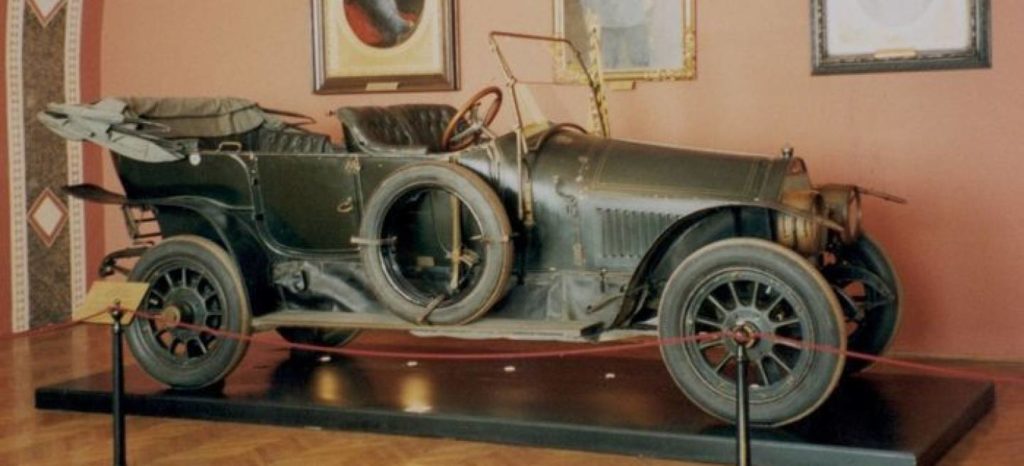
The 1910 Gräf & Stift Double Phaeton
The assassination of Archduke Franz Ferdinand of Austria-Hungary and his wife, the Duchess Sophie of Hohenburg was an utterly tragic event that eventually led to World War I and the deaths of millions. It was also a very odd assassination with twists and turns, most of which centered around the car that they were in at the time. Having heard that the Archduke and Duchess would be making a state visit to Sarajevo, Serbian separatists planned to assassinate them by throwing bombs at their motorcade. This did not work as the bomb that hit the Gräf & Stift car bounced off the convertible cover on the back, wounding bystanders in the crowd. One of the conspirators, Gavrilo Princip, decided that he would go stand outside of a sandwich shop on the off chance that his targets would go by. Which is what happened. The car’s engine stalled, stopping the car in front of Princip and the rest is history.
One would assume that a vehicle of such historical importance would be stored away. But legend says that a terrible fate befell each of the owners who dared to drive it. From broken necks to amputations to its very presence drawing Allied bombs during WW2, chaos followed the car until its peaceful retirement in Vienna’s Heeresgeschichtliches Museum. Even if you don’t believe the urban legends surrounding The Gräf & Stift Double Phaeton, there is one deeply ominous fact that eagle eyed history buffs have spotted. On the car now and in pictures taken just before the assassination, the license plate reads AII118, which people have interpreted as Armistice 11/11/18: the day WWI ended. All this time, the 1910 Gräf & Stift Double Phaeton prophesied the future it helped build.

 Cart
Cart
 Help Desk
Help Desk



